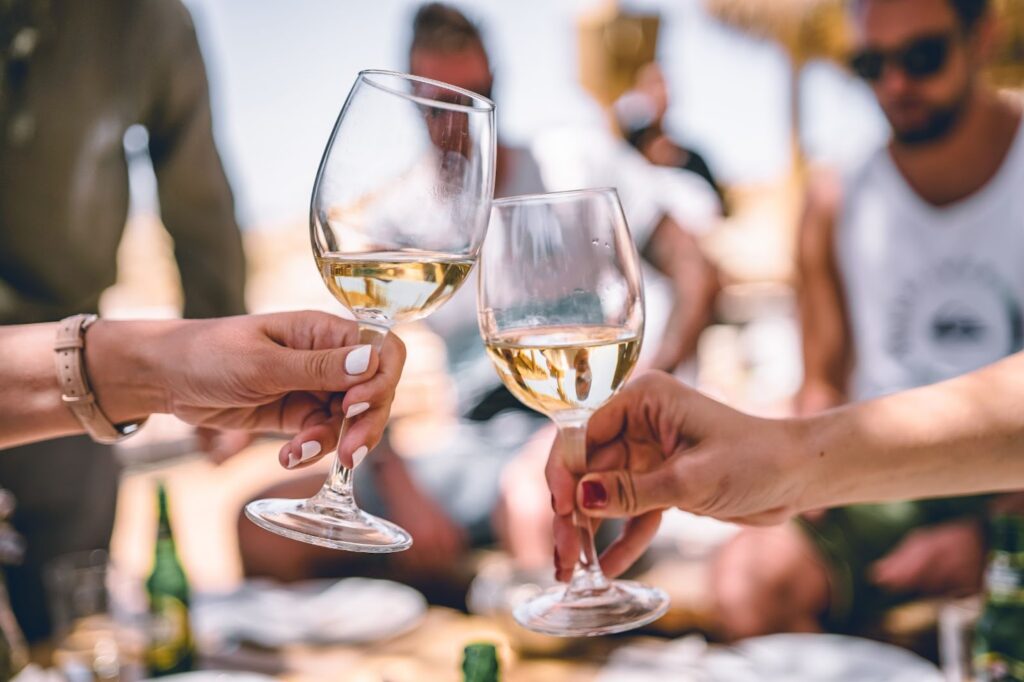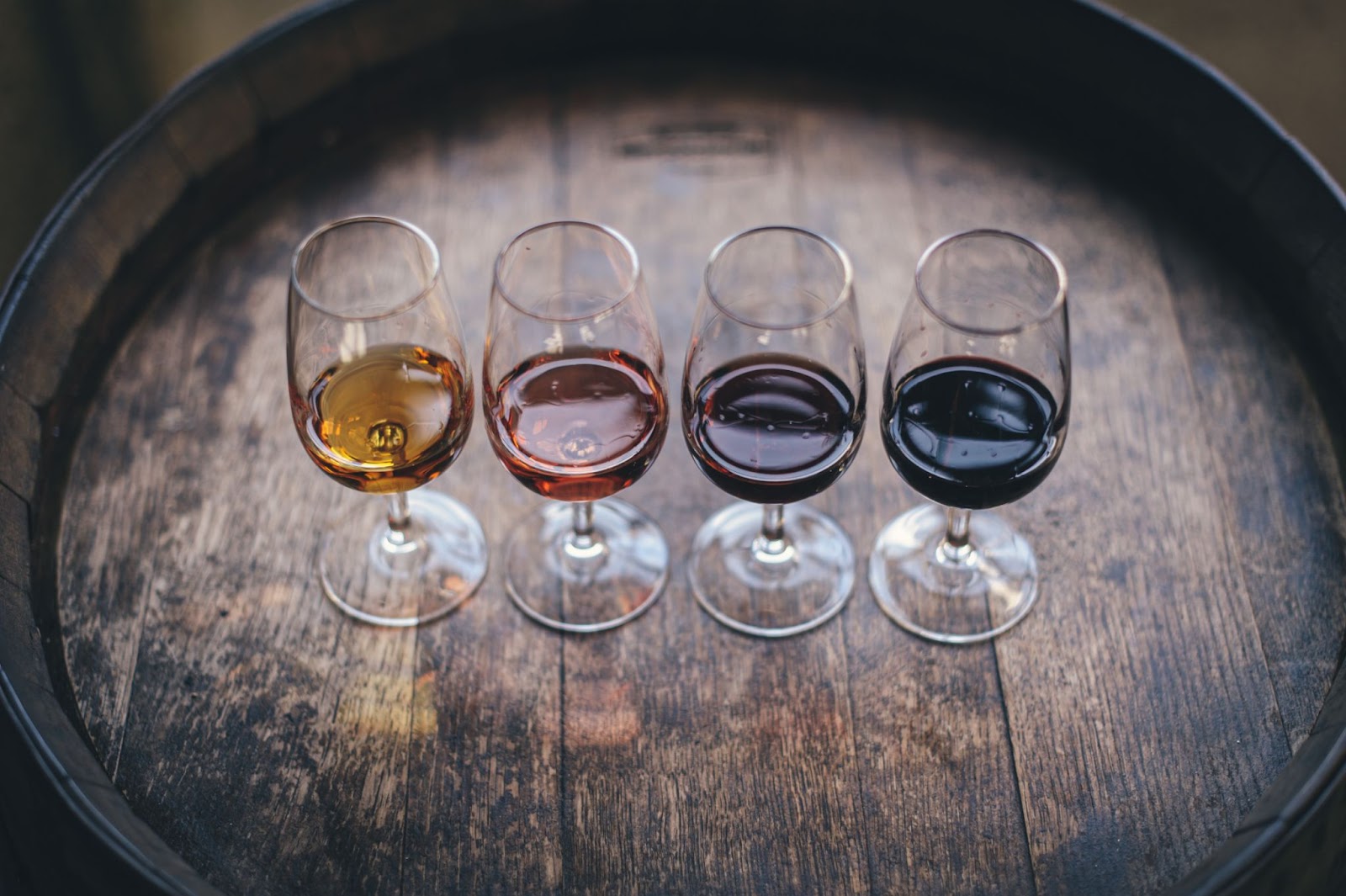Top 6 Things Every Wine Lover Should Know
Wine has been cherished for centuries, a beverage that transcends mere liquid sustenance to become an art form in itself. For wine lovers, it’s not just a drink; it’s a journey through history, geography, and culture. Whether you’re a seasoned oenophile or just beginning to explore the world of wine, there are some fundamental aspects every wine lover should know.
In this article, we’ll delve into the top things that can enhance your appreciation and understanding of wine, from the importance of terroir to the art of wine tasting and the significance of proper storage.
Unlocking the Mystery of Terroir
Terroir, a term that may sound esoteric but lies at the heart of wine culture, refers to the unique combination of factors that influence a wine’s flavor. These factors include the climate, soil, topography, and grape varieties of a particular vineyard or region. Understanding terroir is akin to deciphering a wine’s DNA, as it shapes everything from the aroma to the taste and aging potential.
Each wine-producing region in the world has its distinctive terroir, resulting in wines with diverse characteristics. For instance, the chalky soils of Champagne in France give rise to sparkling wines with unparalleled finesse, while the volcanic soils of Sicily contribute to the bold and fruity flavors found in many Italian wines. In the Barolo region of Italy, the combination of Nebbiolo grapes and its unique terroir creates wines renowned for their complexity, structure, and aging potential. To truly appreciate wine, take time to explore different terroirs, allowing your palate to discern the subtleties and nuances that make each wine unique.
Unraveling the Symphony of Flavors
Wine tasting is a sensory experience that engages not only your taste buds but also your sense of smell and sight. When tasting wine, follow these simple steps to unravel its complexities:
Visual Examination: Begin by observing the wine’s color and clarity. Tilt the glass against a white background and note the hue, intensity, and any sediment present. This visual assessment can offer clues about the wine’s age and grape variety.
Aroma Appreciation: Swirl the wine gently in the glass to release its aromas. Insert your nose into the glass and take a moment to inhale deeply. Try to identify the various scents, which can range from fruity and floral to earthy and spicy. These aromas provide insight into the wine’s character.
Taste Exploration: Take a small sip and allow the wine to coat your palate. Pay attention to the initial flavors, the texture (whether it’s light and crisp or rich and velvety), and the finish (how long the flavors linger after swallowing). Notice any balance between sweetness, acidity, and tannins.
Consider Food Pairing: Wine and food can be a harmonious duo when paired thoughtfully. Experiment with different dishes to discover how they interact with the wine. Some wines complement specific foods, while others contrast to create exciting flavor combinations.
Exploring Global Wine Traditions
Wine is not just a beverage; it’s a reflection of diverse traditions that have evolved over centuries around the world. Each region has its unique way of preparing and enjoying wine. For instance, in Georgia, winemakers use ancient clay vessels called qvevri for fermentation, resulting in bold and amber-colored wines.
Meanwhile, Japanese craft fruit wines like plum wine (umeshu) by steeping fruit in alcohol and sugar, offer a delightful twist to traditional winemaking. In Jewish tradition, the preparation of red Kosher wine, meticulously crafted under strict kosher guidelines, holds a special place, symbolizing both religious significance and a rich cultural heritage. These diverse global wine traditions serve as a testament to the enduring allure of wine as both a cultural artifact and a source of enjoyment, enriching the tapestry of our shared wine-loving world.
Similarly, Canada’s Okanagan Valley in British Columbia, known for its cool climate and diverse soils, produces remarkable wines, including exquisite Icewines celebrated for their intense sweetness and vibrant acidity.
Preserving Liquid Treasure
Wine is a living entity that evolves, and proper storage is essential to maintain its quality and aging potential. Here are some key aspects of wine storage:
Temperature Control: Wine is sensitive to temperature fluctuations. Ideally, wines should be stored at a consistent temperature between 45°F and 65°F (12°C to 18°C). Extreme heat or cold can cause the wine to age prematurely or develop off flavors.
Humidity Management: A suitable level of humidity (around 70%) helps keep corks from drying out and allows air to enter the bottle, which can spoil the wine. Adequate humidity prevents mold growth on labels and corks.
Horizontal Position: Storing wine bottles horizontally ensures the cork remains in contact with the wine, preventing it from drying out and letting air in. This is particularly important for wines sealed with natural cork.
Darkness and Vibration: Wine should be kept away from direct sunlight and sources of vibration, such as heavy machinery or appliances. Light and vibrations can negatively impact the wine’s aging process.

The Magic of Cellaring
Wine, much like fine art, can appreciate complexity with age. Understanding a wine’s aging potential is crucial for wine enthusiasts who wish to collect cellar bottles for future enjoyment. Here are some key factors to consider:
Tannins and Acidity: Wines with higher tannin levels and acidity tend to age well. These structural components act as preservatives, allowing the wine to evolve gracefully over time. Red Bordeaux and Barolo, for example, can benefit from years, even decades, of aging.
Storage Conditions: Proper storage is paramount for aging wine. Ensure your cellar or wine storage area maintains the ideal temperature, humidity, and lack of light and vibration. Consistency in these conditions is essential for aging success.
Cork vs. Screw Cap: The closure used for the wine can influence its aging potential. Wines sealed with natural cork typically undergo a slow, gradual aging process. In contrast, screw-capped bottles may show minimal evolution over time.
Varietal Characteristics: Some grape varieties and wine styles are better suited for aging than others. For instance, vintage Port and Sauternes can develop complex flavors and aromas over many years, while most white wines are best enjoyed relatively young.
The world of wine offers a captivating journey through terroir, flavor symphonies, grape diversity, and the magic of cellaring. By understanding these fundamental aspects, wine lovers can elevate their appreciation and embark on a lifelong exploration of this timeless and exquisite art form. Cheers to the ever-evolving world of wine!





